On the 1st of October 2022 and at 07:01 UTC, Libre Space Foundation’s QUBIK mission made it to space! Launched onboard Firefly Aerospace’s Alpha Flight 2, #ToTheBlack.
With this mission, Libre Space Foundation (LSF) returned to Space!
..and this is the story of the QUBIK mission. Picking up the thread of the narration from the very beginning, from assembling the satellites to them making it to space successfully.
This is the timeline of the events that narrate:
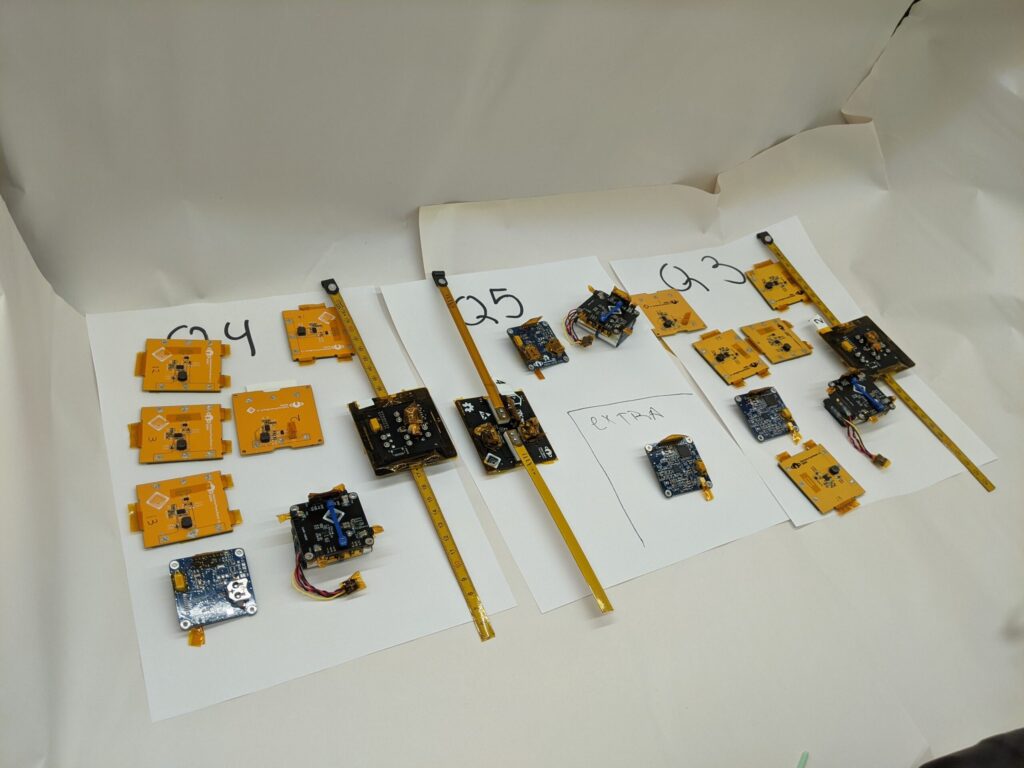
the transformation of arranged pieces
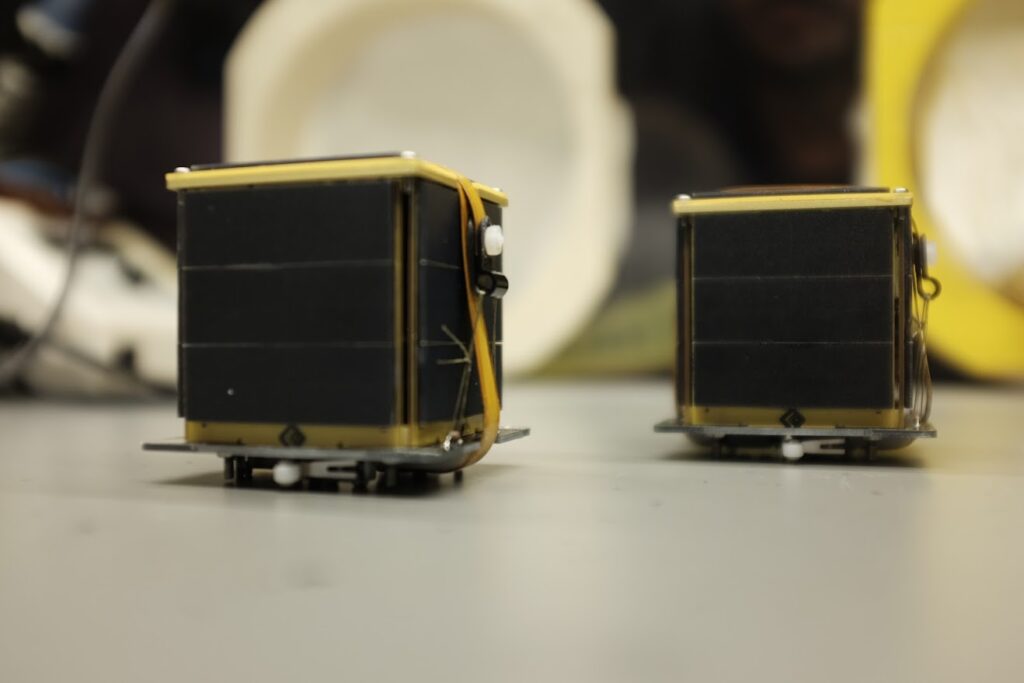
into flying PocketQubes
and

the assembling of scattered metal parts

into a ride in space
This is the story of how we went from scraps and pieces to space. ( in less than a year)
The QUBIK Mission: A Timeline

- In early October 2021, the LSF teams embarked on building the new set of QUBIK satellites, part of the QUBIK series of PocketQubes created by the Organisation. On October 13th, the solar panel boards for the new QUBIK satellites were under assembly. The teams were working at hackerspace.gr, at the LSF lab, in downtown Athens, Greece.
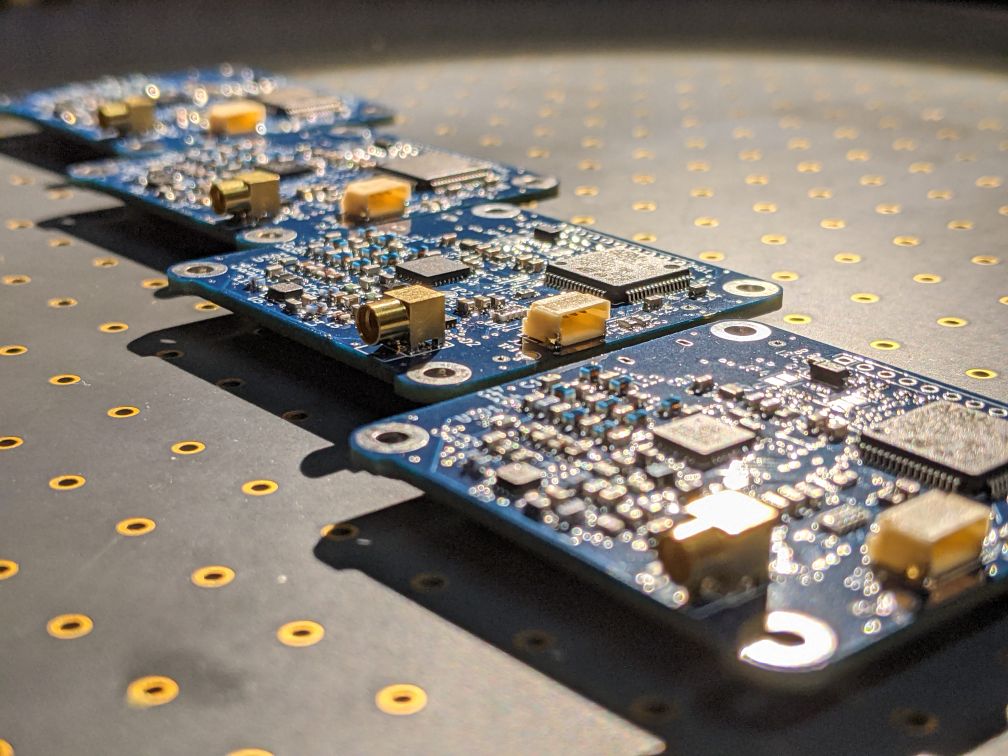
- 19 October 2021: Production was ramping up, and the freshly-baked COMMS subsystems were ready to be used for the mission.
In November 2021, a number of streaming sessions were hosted on the LSF YouTube channel, broadcasting live the final steps of the satellites’ assembling process.
- 10 November 2021, The Final Assembly of the QUBIK PocketQubes was streaming live:
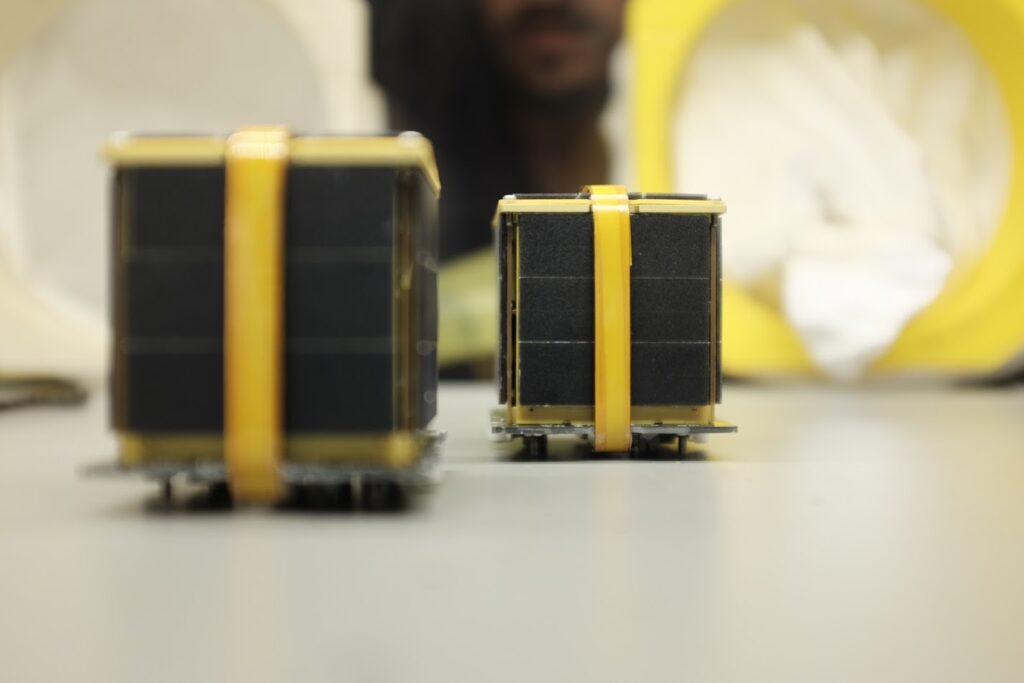
- 11 November 2021 was the time of the bake-out process:
As the year was drawing to an end, so did the process of finalising the building of the QUBIK Mission.
- In early December, a team of LSF engineers travelled to Spain to get the PICOBUS deployer through the process of vibration testing. This took place at the facilities of the Polytechnic University of Catalunya-Universitat Politècnica de Catalunya. Following is a short video of the vibration testing.
- 20 December 2021: PICOBUS Reloaded, satellites’ integration.
In late December, the integration of the satellites into the PICOBUS deployer was also streamed live from the LSF channel on YouTube. During the 3-hour live integration, five satellites were integrated into the PICOBUS deployer. The satellites were AMSAT-EA’s satellites GENESIS-G and GENESIS-J, FOSSA Systems’ FOSSASAT-1B and LSF’s QUBIK-3 and QUBIK-4.
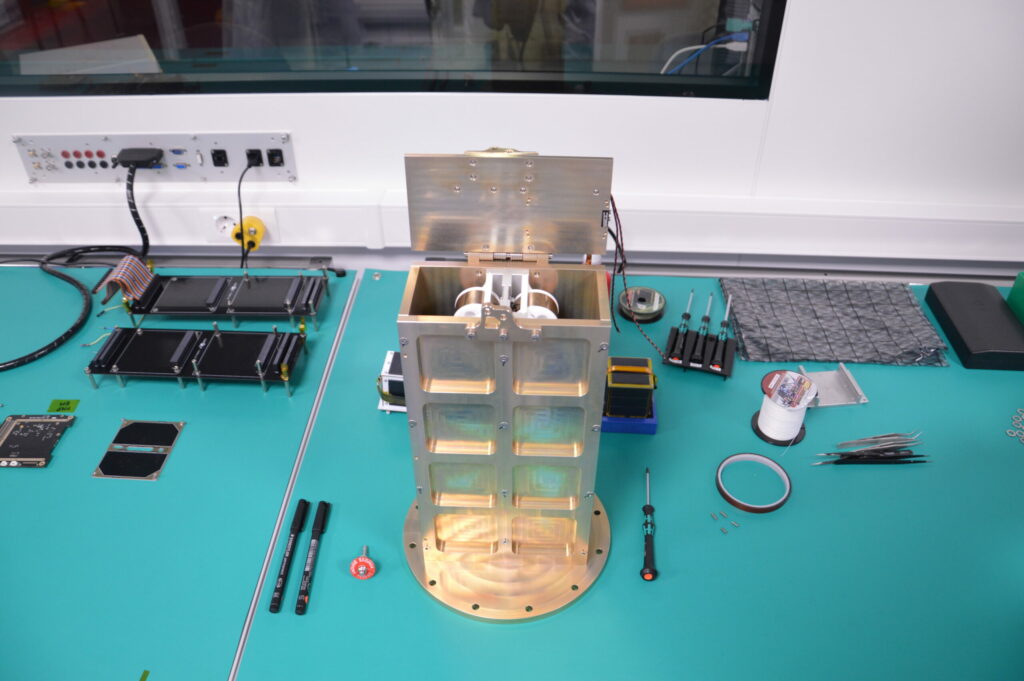
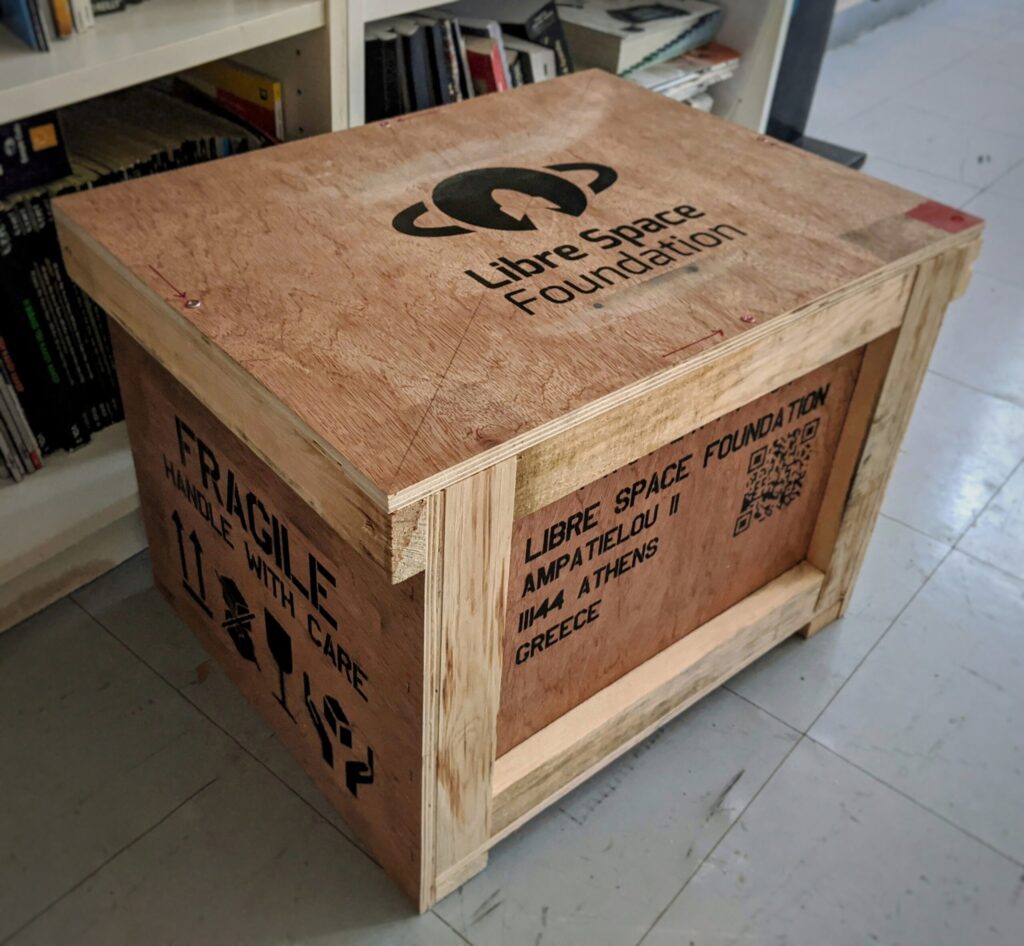
- At the end of 2021, the PICOBUS was ready to be shipped to the US in a similar container.
With the shipping of the container to the US, the process of building the QUBIK mission was completed successfully. In the months leading to the launch, the teams were working on things regarding the mission. From collaborating with the Firefly team to optimising the reception and transmission of the satellite signals to vamping up the SatNOGS network of satellite ground stations.
To The Black
And so we fast forward to September 2022. The #ToTheBlack mission of Firefly Aerospace’s Alpha Flight 2 was originally scheduled to fly to space on September 11 2022. After being scrubbed twice in that month, the team at Firefly secured a new date for the beginning of October. And October it was!
- On October 1st 2022, at 12:01 AM PDT-07:01 UTC, Firefly Aerospace’s Alpha Flight 2 experienced a nominal countdown and lift-off. Libre Space Foundation’s QUBIK mission was onboard.
The launch was streamed live from the Vandenberg Space Force Base in California, USA, and hosted on YouTube by Tim Dodd and the Everyday Astronaut.
Making it to space: Deployment and operations
The satellites integrated inside PICOBUS were set to be deployed at T+01:01:57. Shortly after, QUBIK-3 and QUBIK-4 were making their way through space. Just 30 seconds after the antenna deployment
, the QUBIK PocketQubes began transmitting their signal that was received using the SatNOGS network. The first signals were received by station “2623 – vk2pet ” in Western Australia.
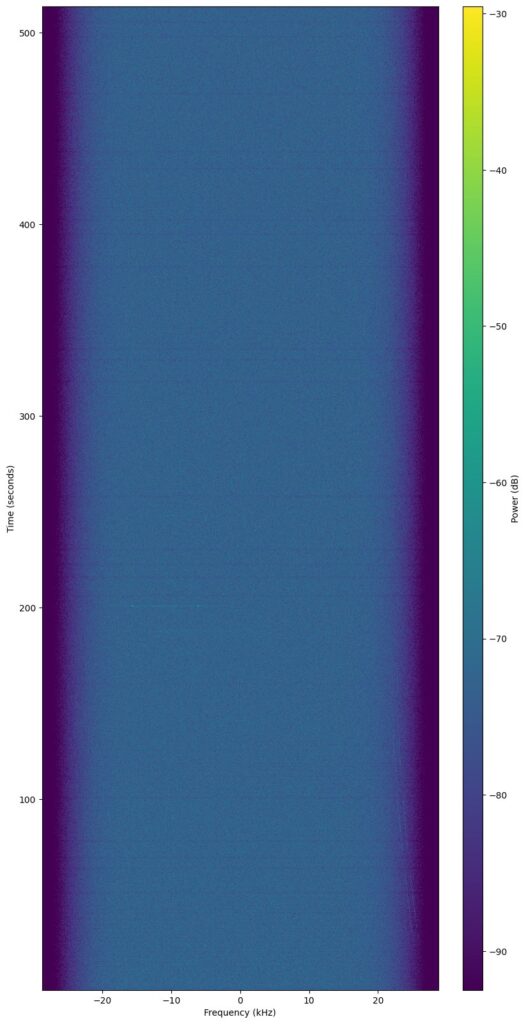
A few minutes later, more signals were received from the SatNOGS network, and these are the waterfalls illustrating the first decoded data of the received signals.
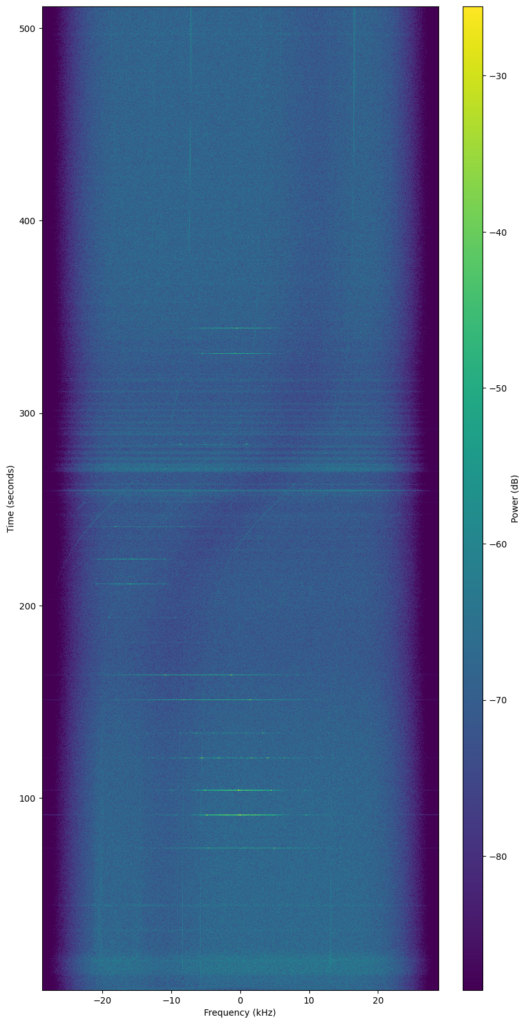
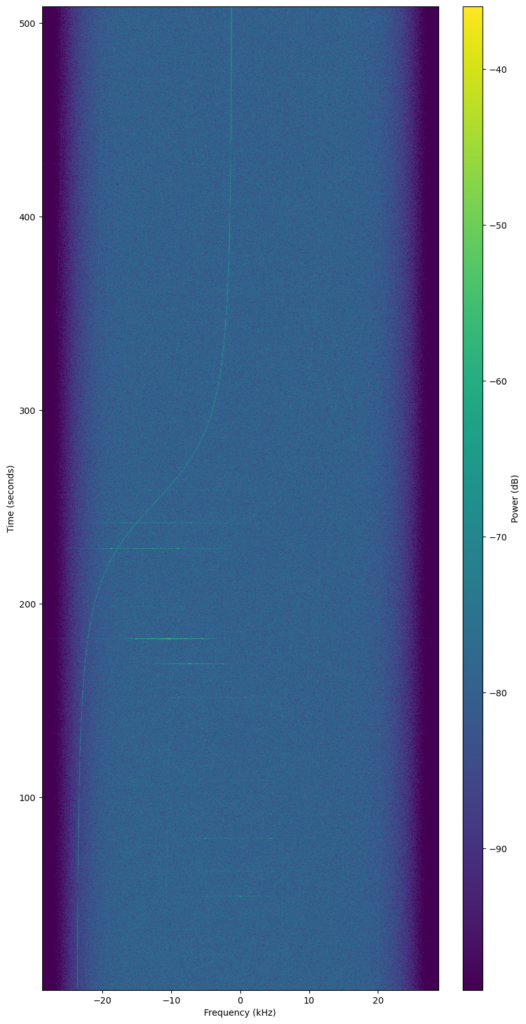
These decoded data came from two different stations. QUBIK-3 was received by station 2550 – USU GAS, the ground station of the Utah State University, and QUBIK-4 by station 2461 – N1ESK-Loudon.
As the data kept rolling in, the dashboard was created. It illustrated the data received by the network.
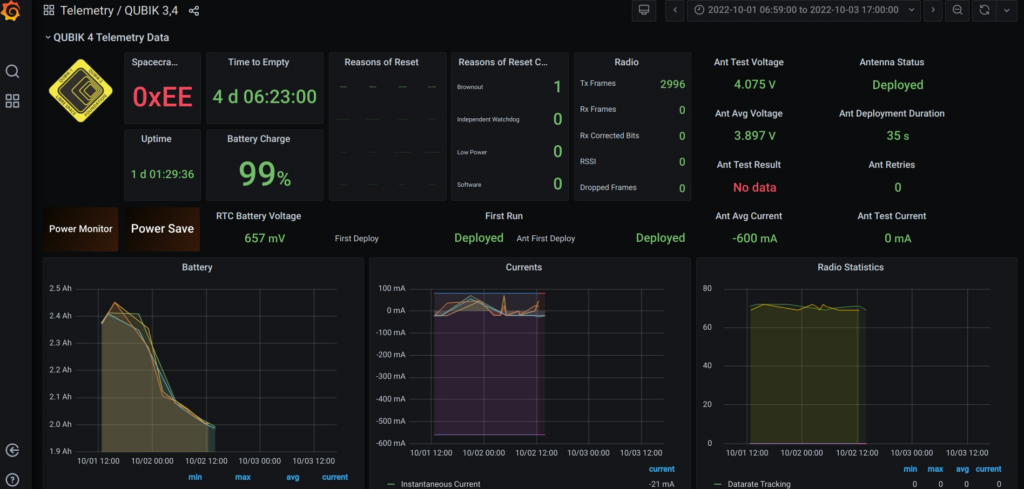
The two satellites were making their way through space for two days, and their re-entry marked the end of the mission. You can find more details about it here.
The scope of the mission
Comprised of a set of PocketQubes and a PocketQube deployer, the QUBIK mission was built using open-source hardware and software. This constitutes PICOBUS, the first-ever open-source PocketQube deployer. The two PocketQubes, QUBIK-3 and QUBIK-4 were to be short-lived and were tasked to perform a series of experiments to explore further the possibilities of satellite identification and tracking. This would be possible by using amateur radio frequencies and extensively testing a number of hypotheses. A list of the amateur-radio experiments and an extended description of the scope of the mission can be found here. The findings of these experiments were also to be used to enhance the knowledge and contribute towards the development of SIDLOC. This is another project under active development that LSF has been working on, and its goal is to explore the creation of a proposed standard for the Identification and Localization of satellites and spacecraft alike.
The Libre Space Manifesto
…outer space accessible to everyone
With every LSF’s QUBIK satellite that has flown to space, the Libre Space Manifesto has travelled with it. The Libre Space Manifesto is a set of Principles about Space that inspires and guides all LSF operations.
You can read the full version of the Manifesto here or find its Principles etched on the ballasts of the QUBIK series of satellites.
Similarly-etched ballasts travelled to space inside QUBIK-3 and QUBIK-4.
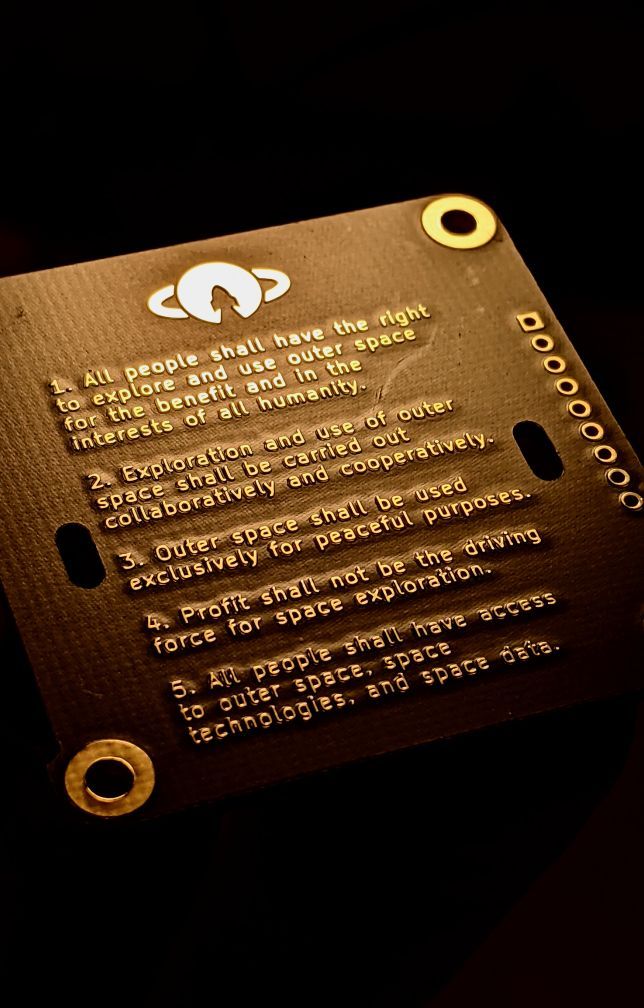

Want to join a special Treasure Hunt in space?
Back in October 2021, when we were assembling the QUBIK PocketQubes, there were about 8 Bytes of FREE space left in our telemetry beacon. And what did we do? We decided to orchestrate a Treasure Hunt with our satellites. Inside their telemetry, we have placed a clue for you to find and join the hunt in space.
If you find the clue hidden in the QUBIK mission, get in touch with us!
And do stay tuned for our next missions to locate the clues missing from the space hunt puzzle!
Acknowledgements
For us at Libre Space Foundation, the QUBIK mission was our return to space. And though short-lived, it still signifies a huge milestone for us to take great pride in. We made it to space for the second time, and we could not have done this without the opportunity offered to us by Firefly Aerospace, for which we are deeply grateful. We are also grateful to the entire LSF and SatNOGS community, paid and non-paid members and contributors who have toiled with us and dedicated their valuable time, expertise and effort to the mission.
Thank you, everyone, for working hard with devotion to help make …outer space accessible to everyone!
#ToTheBlack
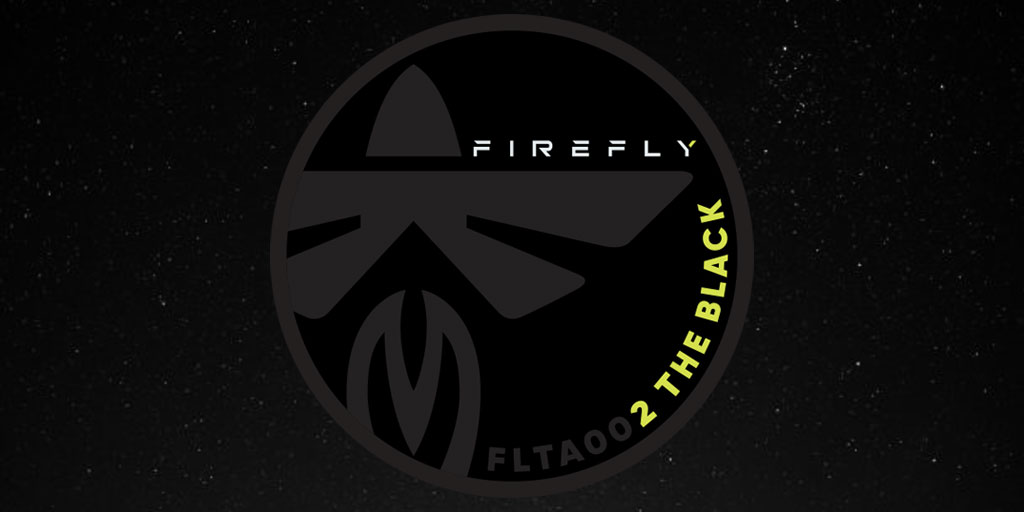
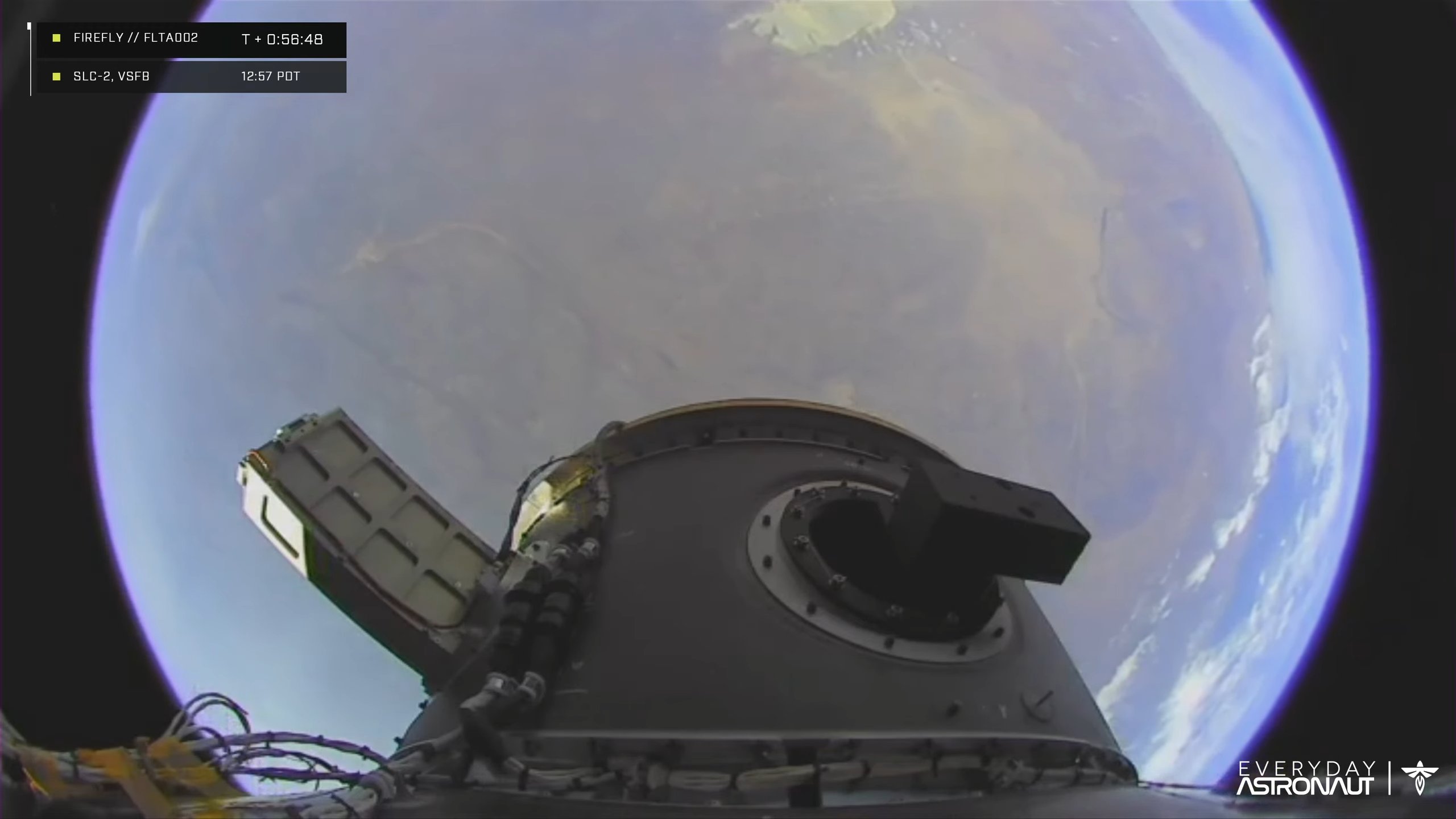
Comments
3 responses to “…And we are back in Space!”
The progress is impressive. Congratulations to all the team!
[…] The mission was launched successfully on October 1, 2022 and you can read all about it here. […]
[…] the year’s highlights was the return to space of the Libre Space Foundation. It was a moment of great excitement for the LSF team to track the […]